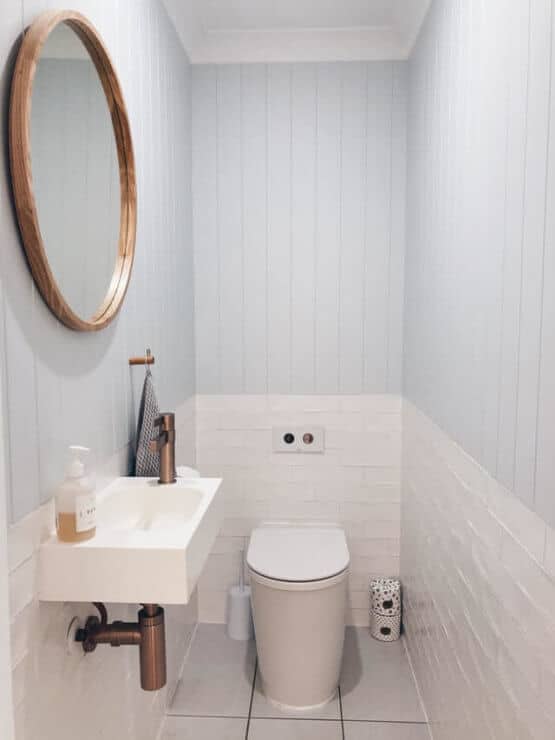Home plumbing systems are critical in ensuring healthy lives for our families. A toilet whistling in the dead of night, on the other hand, can make you lose your mind. But why does my toilet whistle?
It’s natural for most plumbing systems to generate noise. Water dripping or flowing through plumbing pipes is a common phenomenon.
The screeching noises of a whistling toilet, on the other hand, can be rather annoying. It’s also a sign that your bathroom tank fill valve is malfunctioning.
Operation of a Bathroom Tank Fill Valve
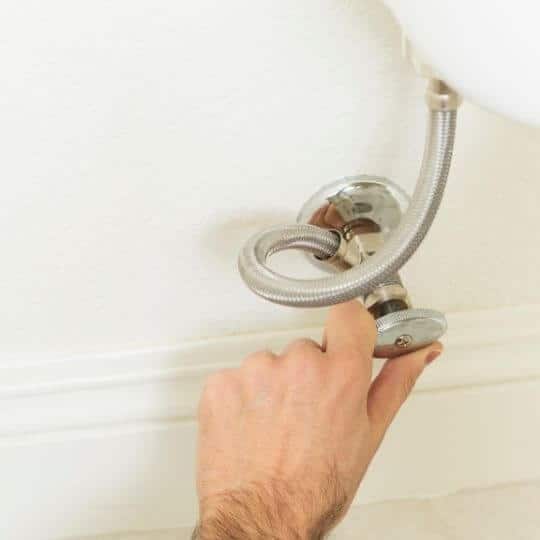
The toilet tank is the container on the backside of your toilet which holds the water used to flush. It is equipped with a fill valve. After flushing, the fill valve controls the quantity of water entering the tank.
It has a floater that rises and descends with the level of water in the tank. The valve opens when the floater drops, enabling the tank to start filling up. The valve shuts and prevents the water from entering the tank once it reaches a predefined level [1].
Why Does my Toilet Whistle?
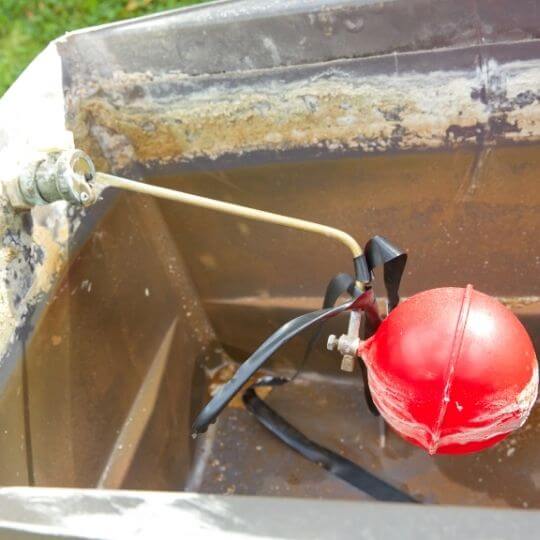
Sometimes your toilet might emit a faint and soft whistle sound that you can hardly hear, while other times, the whistling is much louder and difficult to ignore. In addition, an aggressive sound frequently accompanies this loud sound. Both of these sounds will start when you flush or after you flush, and they will usually last the entire flushing period.
A metallic ballcock valve is the most common source of toilet whistling. When the bathroom tank refills after flushing, the armature and ball in these ballcock valves begin to vibrate. The whistling noise you notice is caused by valve vibration. The valves vibrate because of a defective fill valve seal, or the valve has worn down due to normal wear and use.
Why does my toilet whistle when flushing?

The ball and armature of a metal ballcock valve start to vibrate when the toilet tank is being refilled. The vibrating metal causes the high-pitched buzzing sound.
A simple tweak can quickly reduce the whistling, but the fill valve will eventually break completely as soon as it hits the screech level. You can quickly resolve this problem with basic plumbing expertise; otherwise, you can contact a professional!
Why does my toilet whistle when it refills?
The bathroom fill valve is responsible for the toilet whistling after flushing. The refill valve is a floater that goes up and down with the water level, regulating the quantity of water entering the tank after cleansing. Unfortunately, when the fill valve becomes old, the components and bits that keep it together begin to deteriorate, resulting in a screeching sound after flushing.
If the toilet contains a metallic ballcock valve, vibrations from wear and tear or a defective gasket could also be at fault. A skilled plumber should replace the fill valve if your toilet whistles after flushing.
Toilet Whistling When Not In Use
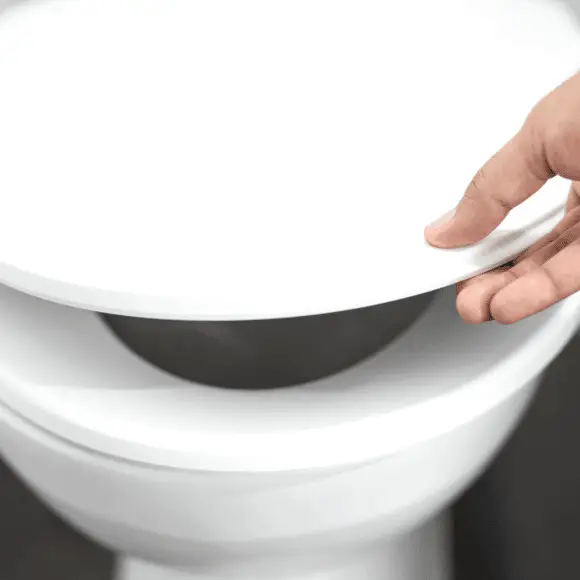
A toilet in good condition generally makes no noise. If it rattles when not in use, it could indicate that it has malfunctioned . There are several other reasons why your toilet may whistle when it is not in use. These include
- It might have a leaking valve
- The fill valves could have failed
- Calcium sediments within the pipes could have built up
To solve this problem, consider thoroughly inspecting the lines to identify the problem and correct it before your water costs rise.
Is a whistling toilet dangerous?
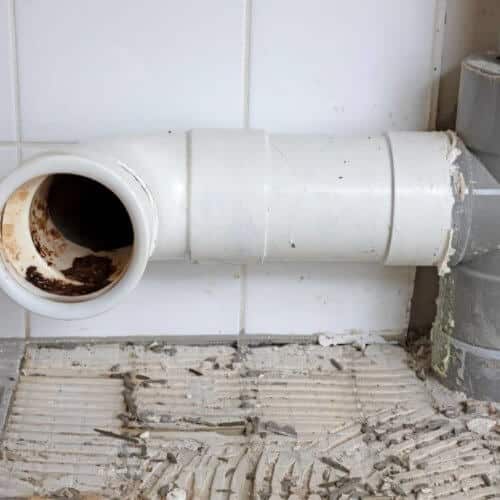
Some homeowners may be tempted to overlook the difficulty of a whistling toilet, and as a result, they are forced to put up with the loud and unpleasant noises made by their toilets [3].
However, it’s crucial to recall that, in most cases, if the faulty valve causing the problem isn’t fixed, the problem will only get worse.
You might be subjected to excessive water usage as well as loud noise if you ignore a defective fill valve. Water consumption increases cause increased utility bills for most people. In addition, a squeaking or damaged fill valve could run intermittently or continuously, wasting hundreds or thousands of gallons of vital water each year.
Even while a fill valve repair may appear to be a simple fix, keep in mind that if it is not installed correctly, a leaking or overflowing toilet can cause considerable damage, potentially costing thousands of dollars in repairs. Consult a plumber near you for answers to your questions or help with a whistling toilet to avoid making a costly mistake.
Don’t ignore if the toilet whistles during or after flushing or when it’s not in use; it could imply more water waste, higher energy bills, and perhaps an overloaded toilet. So, to avoid more loss, get the valve changed as soon as possible, and you’ll be glad you took the required procedures to salvage the situation.
How to fix a whistling toilet?

In most situations, the metallic ballcock valve vibrates as the toilet tank refills after flushing. A defective fill valve sealant or simple tear and wear of the valve itself are the most common vibration causes.
Whistling can sometimes be silenced with a simple adjustment, but once it reaches screech volume, the fill valve will completely fail, necessitating replacement. If you want to try to fix the problem yourself, it’s a good idea to have some basic plumbing knowledge.
It might be a smart idea to visit your local hardware store at this point. You can acquire the parts you need to keep your toilet from whistling on Amazon or at a local hardware store. Purchase a new fill valve as well as the rubber sealing that comes with it.
You can repair a noisy toilet for a relatively low price. If you are familiar with the design of the toilet bowl, you’ll be able to fix it in no time.
All you’ll have is the cost of the materials, which can vary from $20 to $45 for the fittings. All of the components are available at the local hardware shop. If you hire a professional plumber to handle the repair, expect to pay $75 to $200 for materials and labor.
Use the procedure outlined below to fix your whistling toilet.
- Ensure the supply valve is in good working order.
When the water supply to the bathroom is interrupted, the toilet may begin to whine. As a result, the first step in resolving the issue is to inspect the water supply valve in the bathroom.
This valve is on the wall behind the toilet tank. To make sure the valve is open, turn it counterclockwise. If the whistling sound persists, you’ll need to detach the toilet tank’s lid and conduct further research.
- Examine the Fill Valve
If the whistling sound does not emanate from the supply valve, it’s possible that the fill valve is to blame. This is most common with older toilets with a metal flapper valve.
To find out where the buzzing sound originates, flush the toilet. If the sound originates from the fill valve in the toilet’s back left corner, visually inspect it to see if there is any debris obstructing the water flow. Any solid deposits accumulated on the fill valve can be readily wiped away with a moist towel.
- Take out the Fill Valve and replace it with a new one.
Replace the gasket on a metallic ballcock valve to stop it from whistling. Plastic valves, which are less prone to whistle when vibrating, are also available. They’re also much more efficient than older models and aid in water conservation , saving you money. [2]
Although there are several steps to replace a toilet fill valve, it’s a relatively straightforward DIY project requiring only a few tools. To complete the work, follow the steps below.
- Flush the toilet after turning off the water supply valve.
- Remove any residual water in the tank using an old towel or sponge.
- Remove the old supply line from the tank as well as the fill tubing from the overflow pipe.
- Unscrew the valve nut to remove the fill valve.
- Install the replacement valve in the tank and double-check that the washers are in the right spot.
- Hand-tighten the locking nut on the fill valve’s threaded section beneath the tank.
- Reconnect the supply line underneath the fill valve with a wrench.
- Restart the water and look for leaks
- Position the floater one inch under the overflow pipe.
- Finally, flush the toilet after the tank has been refilled and the water has stopped running to ensure there is no leaking or whistling!
When should you call a plumber?

It’s never a pleasurable project to deal with plumbing issues. Leakages and spills that don’t need to happen can unintentionally create a bigger problem.
If you don’t handle the fill valve and gaskets carefully, you risk cracking the porcelain of the toilet tank. However, it is possible to save time and money if you hire a properly qualified plumber to work on your project. They will complete the task in a timely and accurate manner.
In addition, consider hiring a local home inspection company to conduct a full check of your home, which might include your plumbing.
Final thoughts
It is good to hire a licensed plumber to avoid damaging your toilet and bathroom. Your plumber can swiftly change the fill valves and rubber gasket, saving you both time and money. If you have any further plumbing requirements, they can take care of them all at once.
At this point, contacting a local home inspection company to see whether you have any other plumbing issues is a good option. Consider the worn pieces of your toilet as a reminder that everything ultimately breaks down.

Michael Davis is a heating & plumbing expert who currently works as independent contractor in SC. He also writes for Plumbertip.
For almost 10 years he worked on various plumbing tasks across South Carolina.


